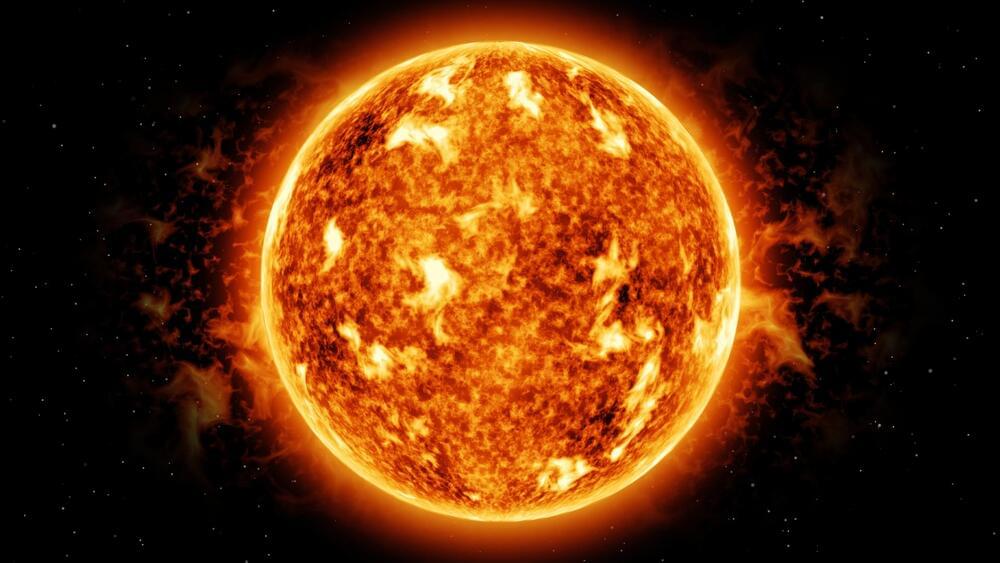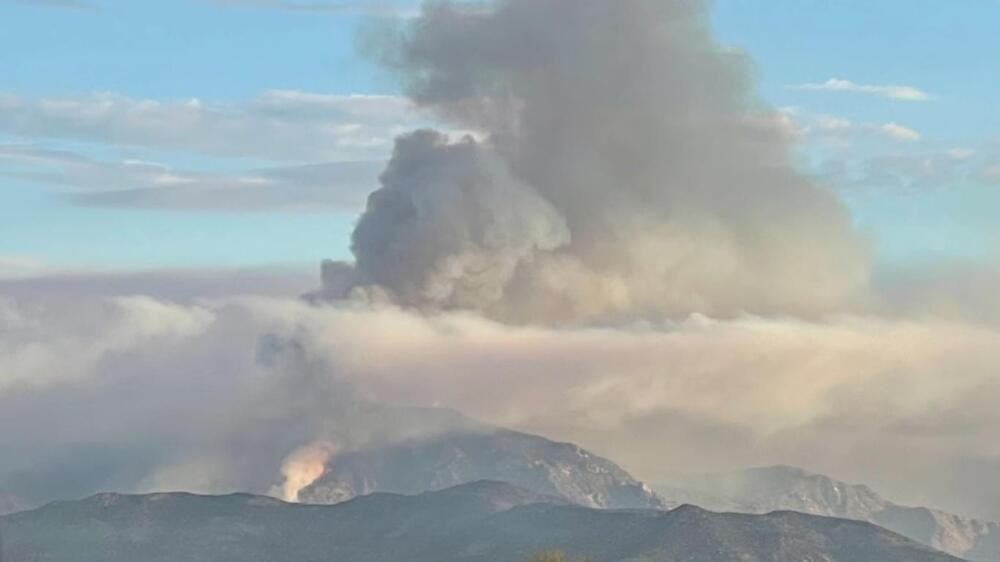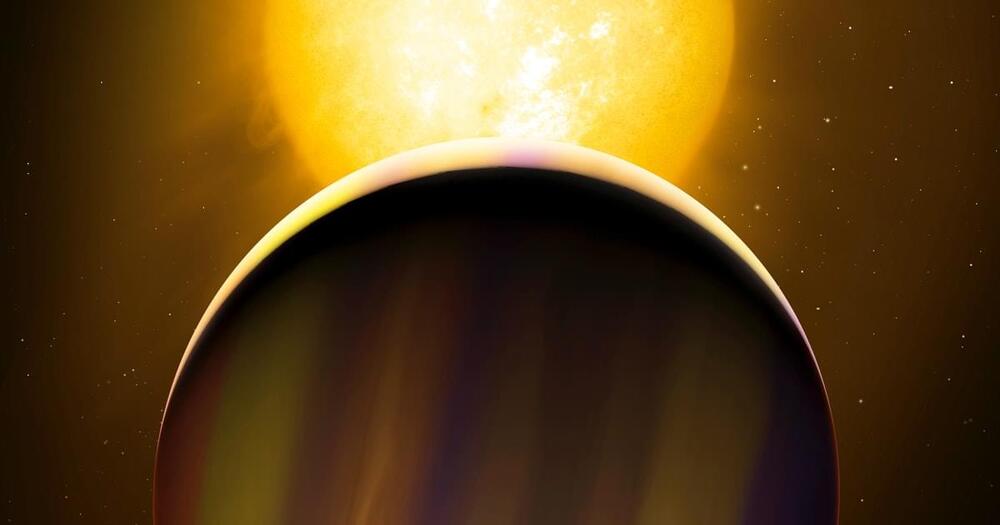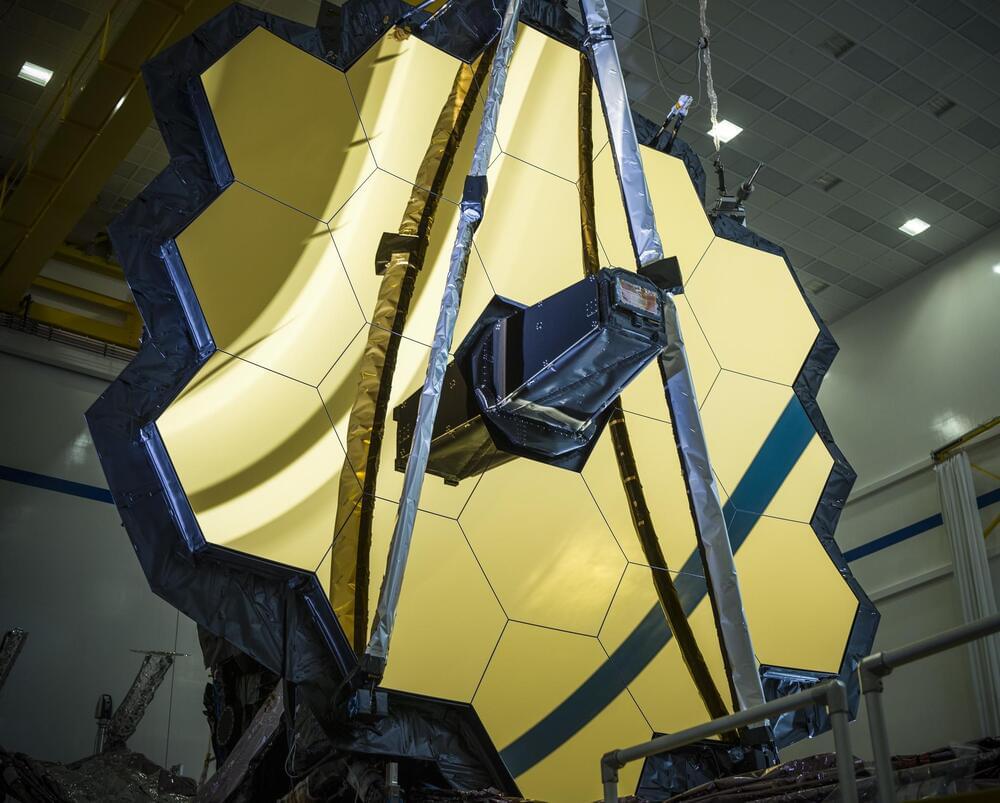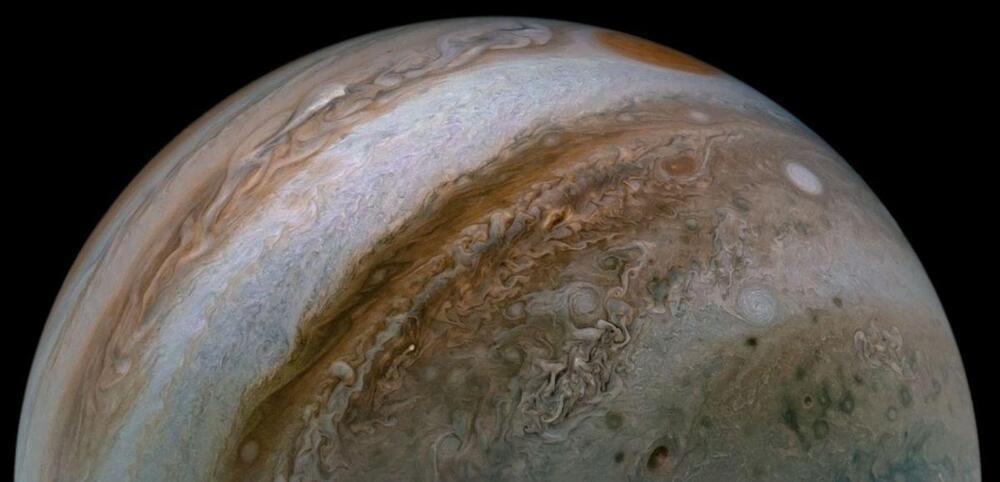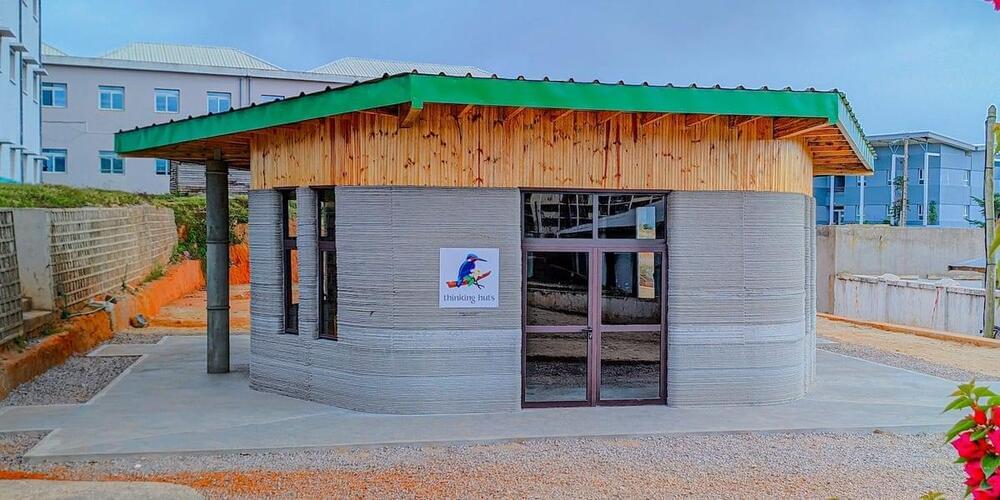
Like many other industries, the space exploration process is also adopting Artificial Intelligence (AI) and robotics to fast-track its mission. This leads us to great lengths and never explored places. Emerging technologies like machine learning and deep learning are organizations working in space programs an opportunity to embrace AI and robotics. Robots help the space exploration process through the mechanical design of planetary rovers, the mechanical design of space manipulators, actuators and sensors of space robots, end-effector/tools of space robots, reconfigurable robots, and robot mobility. Here are some exemplary cases of robotics and AI in space tech.
1. Canadian Space Association launched Dextre, a robotic arm designed to install and replace small equipment such as exterior cameras or the 100-kg batteries used on the Space Station, and to test new tools and robotics techniques.
2. Voyager 1 and Voyager 2, were designed to conduct close-up studies of Jupiter and Saturn, Saturn’s rings, and both Jupiter and Saturn’s largest moon. These robots are still communicating information via the Deep Space Network (DSN) and are presently closer to Pluto than to Earth or the sun.
